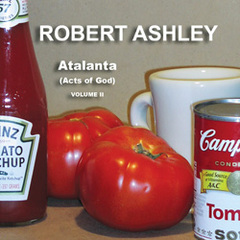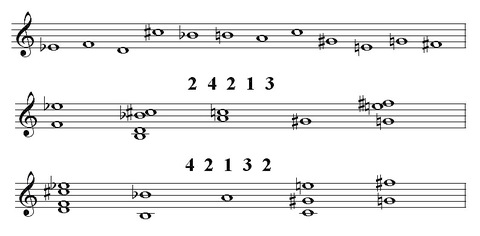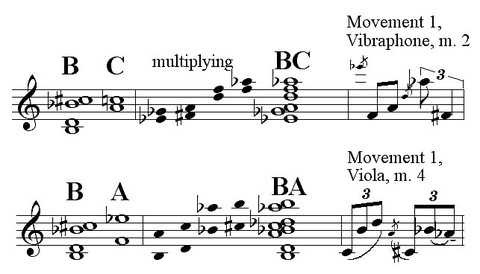They noted that there were certain things which were impermanent and other things to which the word impermanence did not apply. – Perfect Lives
I spent June composing and July writing a book. Both are enjoyable and self-fulfilling activities; I am fortunate. The first feels like I’m taking care of myself and developing psychically, putting myself first; the second feels like I’m adding to my authority and piling up ammunition for future writing and debate. It saddens me that the book feels like so much more solid an achievement. The music might never get played, it might get played badly, there might not be a recording, people might not like it or not get it, it may disappear into the ether. The book, being from an academic press, will go into 500 libraries automatically and sit there on the shelves waiting to be tripped over. It will be used by other researchers and quoted in other books. Every time I open the book, it will read just as eloquently as the first time; the music, I’ll have to worry again about every new performance, whether it will go well and sound good. Physically, the result of my composing will mainly be a PDF out on the internet. If I’m lucky and find some money, a compact disc may result, which feels a little bit like a book, but doesn’t get distributed as well. CDs seem to disappear, whereas when I go to friends’ houses, I notice my books sitting on their shelves. Books impress my employers, which my un-prize-winning music doesn’t, and the books bring me lecture gigs, which my music rarely does. (Economically, oddly enough, they’re about the same: I’ve made more money from music commissions than book advances, but the quarterly drip of book royalties offsets that.) After Music Downtown I thought I might not write any more books and just focus on my music from now on, which sounded great. I could do that. But I got seduced back into books as a much easier path toward the appearance of achievement. I could have written all my music and still not be taken seriously by a wide variety of people, but the books (peer-reviewed, published at someone’s expense, permanent, not misunderstandable) give me a kind of irrefutable clout that I can’t deny enjoying. And now I have three more books I’m thinking of working on down the road.





